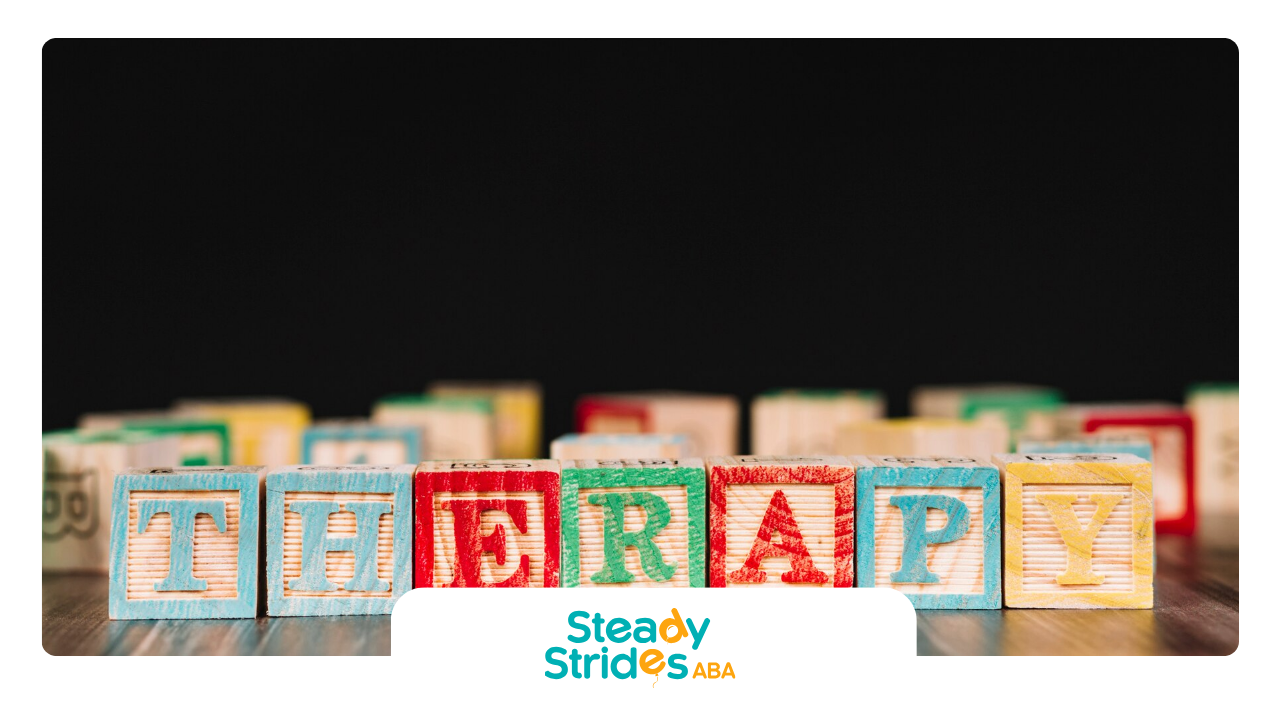Introduction
The path from RBT (Registered Behavior Technician) to BCBA (Board Certified Behavior Analyst) is an exciting and rewarding journey. Whether you’re an ABA professional, educator, school personnel, or a parent seeking to understand the transition, knowing how to advance in the field of Applied Behavior Analysis (ABA) is crucial for career growth and better service to those with Autism Spectrum Disorder (ASD) and related conditions.
In this guide, we’ll explore everything you need to know about making the transition from RBT to BCBA. This includes the necessary educational requirements, experience, certification process, and tips for success. If you’re based in Texas or anywhere else, this guide will give you a clear roadmap to help you achieve your goal of becoming a Board Certified Behavior Analyst (BCBA).
What Is the Role of an RBT?
Before diving into the transition process, it’s important to understand what an RBT does and how it lays the foundation for moving toward a BCBA.
Responsibilities of an RBT
An RBT is a paraprofessional who works directly with clients under the supervision of a BCBA. The primary responsibilities of an RBT include:
• Implementing behavior intervention plans (BIPs)
• Collecting data on client behavior
• Assisting with assessments and observations
• Providing direct support to individuals with autism and other developmental disorders
While an RBT has essential duties and plays a key role in ABA therapy, they work under the supervision of a BCBA and are not responsible for creating or overseeing treatment plans. As an RBT, you gain invaluable hands-on experience that will serve as the foundation for pursuing a BCBA certification.
What Is a BCBA?
The BCBA is a professional certification granted by the Behavior Analyst Certification Board (BACB). This certification qualifies individuals to design and oversee behavior intervention plans, conduct assessments, supervise RBTs, and work directly with clients on behavior management strategies.
Responsibilities of a BCBA
- Designing and overseeing behavior intervention plans
- Conducting functional behavior assessments (FBAs)
- Providing supervision and training for RBTs and other ABA staff
- Analyzing data and adjusting treatment plans based on client progress
- Offering consultation services to schools, clinics, and families
How to Transition from RBT to BCBA: The Steps Involved
Making the transition from RBT to BCBA is a rewarding step in your career as a behavior analyst. Below, we outline the essential steps you need to take to become a BCBA:
1. Meet the Education Requirements
One of the first steps in transitioning from RBT to BCBA is meeting the education requirements. While RBT certification only requires a high school diploma or equivalent, becoming a BCBA requires a higher level of education.
Education Path for BCBA:
• Bachelor’s Degree: You must have a Bachelor’s degree in psychology, education, or a related field. This is the foundational requirement for BCBA certification.
• Master’s Degree in ABA or Related Field: To become a BCBA, you will need to complete a Master’s degree in Applied Behavior Analysis, psychology, or a related field. Many programs specifically focus on ABA and offer coursework aligned with BACB requirements.
2. Complete the BCBA-Approved Coursework
Once you have a Master’s degree in a relevant field, you must complete BCBA-approved coursework. These courses are designed to ensure that candidates have the knowledge and skills necessary to become competent behavior analysts. Coursework typically covers areas such as:
• Behavioral principles and concepts
• Ethics in behavior analysis
• Assessment techniques and intervention strategies
• Data collection and analysis
• Supervision and staff training
Many universities offer BCBA certification programs that include both coursework and supervised fieldwork.
3. Gain the Required Supervised Experience
In addition to completing coursework, you need to gain hands-on experience in the field of ABA. This experience must be supervised by a BCBA and involve direct client contact.
Supervised Experience Requirements:
• 2,000-4,000 hours of supervised experience: You must complete a certain number of supervised hours, depending on the program or pathway you choose. The hours can be completed in various settings, such as clinics, schools, and home-based therapy.
• Supervision by a BCBA: Your experience must be supervised by a Board Certified Behavior Analyst. This supervision ensures that you are developing the necessary skills and competencies to become a certified professional.
4. Pass the BCBA Exam
Once you’ve completed the required coursework and supervised experience, you must pass the BCBA exam. The exam is a comprehensive test that assesses your knowledge and understanding of behavior analysis concepts, ethics, assessment procedures, and intervention strategies.
Tips for Passing the BCBA Exam:
• Study thoroughly: Review key concepts and practice with mock exams. Consider using a study guide or enrolling in a BCBA exam preparation course.
• Focus on real-life applications: The exam tests your ability to apply theoretical concepts to practical situations. Focus on understanding the practical applications of ABA.
• Take care of your well-being: Prepare for the exam with adequate rest, nutrition, and stress management techniques to ensure you’re in the best mental and physical condition on exam day.
How Long Does It Take to Go from RBT to BCBA?
The time it takes to transition from RBT to BCBA can vary depending on individual circumstances. Here’s a general timeline:
• Education (Master’s degree): Typically takes 2 years to complete a Master’s degree in ABA or a related field.
• Supervised Experience: Depending on the number of hours required, it can take anywhere from 1 to 2 years to complete the supervised experience.
• BCBA Exam: After completing your education and experience, you’ll need to study for and pass the BCBA exam, which can take several months of preparation.
On average, the entire process may take 3 to 5 years depending on your educational background, experience, and study schedule.
Benefits of Becoming a BCBA
Transitioning from RBT to BCBA can open many doors in your career, offering benefits such as:
• Higher Salary: BCBA professionals typically earn a higher salary than RBTs, making it a financially rewarding career advancement.
• Career Opportunities: Becoming a BCBA allows you to take on more advanced roles, such as designing behavior plans, supervising RBTs, and consulting in various settings.
• Personal Fulfillment: Becoming a BCBA allows you to make a deeper impact on the lives of individuals with autism and other developmental disorders by creating and implementing behavior interventions.
Conclusion
Becoming a Board Certified Behavior Analyst (BCBA) is a significant step in your career if you’re currently an RBT or looking to advance in the field of Applied Behavior Analysis. While the transition involves completing necessary coursework, gaining supervised experience, and passing the BCBA exam, the rewards in terms of career growth, financial benefits, and personal satisfaction are substantial.
For parents, educators, and ABA professionals in Texas, understanding the pathway to becoming a BCBA will help guide your career journey or support your loved ones through the process. With the right education, experience, and study strategies, you can successfully make the transition from RBT to BCBA and continue to make a meaningful impact in the lives of individuals with Autism Spectrum Disorder (ASD).
Frequently Asked Questions
How long does it take to transition from RBT to BCBA?
It typically takes 3 to 5 years to transition from RBT to BCBA, including obtaining a Master’s degree, completing the required supervised experience, and preparing for the BCBA exam.
Can I work as a BCBA without a Master’s degree?
No, to become a BCBA, you must have a Master’s degree in Applied Behavior Analysis, psychology, or a related field. This is a requirement set by the Behavior Analyst Certification Board (BACB).
What’s the pass rate for the BCBA exam?
The BCBA exam pass rate for first-time test-takers is typically between 60% and 70%. Preparation is key, and utilizing study guides, practice exams, and prep courses can improve your chances of success.












